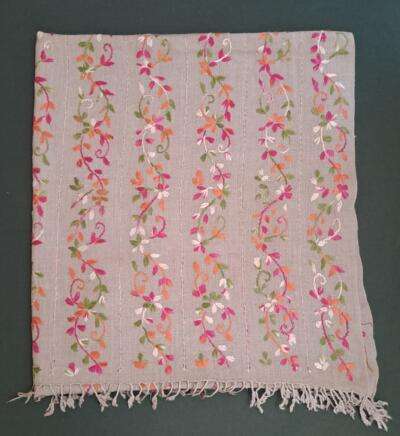
Embroidery digitizing is a transformative process that bridges the gap between digital design and the intricate world of threadwork. This innovative technique has revolutionized the art of embroidery, enabling intricate and precise designs to be translated seamlessly from digital files to beautifully stitched patterns. This article explores the fascinating realm of embroidery digitizing, unraveling its significance, the digitization process, and its impact on the world of textile art.
The Essence of Embroidery Digitizing:embroidery digitizing
Embroidery, traditionally a meticulous and manual craft, has undergone a significant evolution with the advent of technology. Embroidery digitizing involves the conversion of intricate designs into digital formats that can be read and interpreted by embroidery machines. This process eliminates the need for manual pattern creation, allowing for more intricate, detailed, and precise embroidery work.
The Digitization Process:embroidery digitizing
Embroidery digitizing involves several key steps:
- Design Creation: The process begins with the creation of the design itself. This can be an original artwork, a logo, or any visual concept that the designer wishes to embroider. The design is typically created using graphic design software.
- Digitization Software: Once the design is finalized, it is imported into specialized digitizing software. This software allows designers to convert the design into a format that the embroidery machine can understand. Each element of the design is assigned specific stitch types, lengths, and colors.
- Stitching Sequence: The digitizing software determines the sequence in which the machine will stitch each element of the design. This sequence is crucial for maintaining accuracy and achieving the desired visual outcome.
- Embroidery Machine Setup: The digitized design is then transferred to the embroidery machine. The machine’s settings, such as thread colors, tension, and hoop placement, are configured based on the digitized design specifications.
- Testing and Refinement: Before the actual embroidery process begins, a test run is often conducted to identify any potential issues. Adjustments may be made to ensure the design is accurately translated onto the fabric.
Significance in Textile Art:embroidery digitizing
Embroidery digitizing holds immense significance in the world of textile art for several reasons:
- Precision and Detail: Digitizing allows for unparalleled precision and detail in embroidery designs. Complex patterns, intricate lettering, and detailed imagery can be faithfully reproduced with accuracy.
- Consistency: The digitization process ensures consistency in each stitched element. This is particularly important for reproducing logos or intricate designs that require uniformity across multiple garments.
- Efficiency and Time-Saving: Traditional manual embroidery can be time-consuming. Digitizing streamlines the process, significantly reducing the time required for design creation and execution.
- Versatility: Digital files are easily stored and can be edited or resized without losing quality. This versatility allows designers to adapt and customize designs for various applications.
Applications in Various Industries:embroidery digitizing
Embroidery digitizing finds applications in a wide range of industries:
- Fashion: Digitizing is extensively used in the fashion industry for creating intricate patterns on garments, from casual wear to haute couture.
- Corporate Branding: Many businesses utilize embroidery digitizing for creating branded apparel, uniforms, and promotional items with consistent and recognizable logos.
- Home Decor: Digitizing is employed for embellishing home decor items such as pillows, curtains, and linens with customized designs.
- Sporting Goods: Team uniforms and sportswear often feature intricate logos and designs created through embroidery digitizing.
Challenges and Expertise:embroidery digitizing
While the digitization process has streamlined embroidery, it comes with its own set of challenges. Achieving optimal results requires expertise in understanding the intricacies of the digitizing software, the characteristics of different fabrics, and the capabilities of various embroidery machines. Skilled digitizers play a crucial role in ensuring the successful translation of a design from the digital realm to the embroidered masterpiece.
Conclusion:
Embroidery digitizing stands as a testament to the marriage of tradition and technology in the realm of textile art. This transformative process has expanded the possibilities of embroidery, allowing for unparalleled precision, consistency, and efficiency. As designers, businesses, and textile enthusiasts continue to embrace the potential of embroidery digitizing, the artistry of threadwork evolves into new realms of creativity and expression.
Leave a Reply